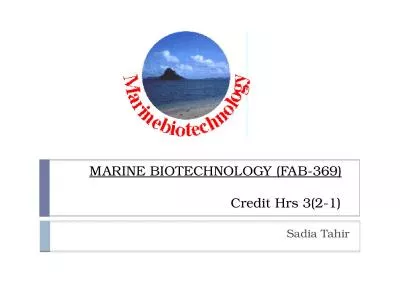PPT-Dr. Sadia Anjum Lecture
Author : audrey | Published Date : 2022-06-15
78 Dengue Viruses The dengue viruses are members of the genus Flavivirus in the family Flaviviridae Along with the dengue virus this genus also includes
Presentation Embed Code
Download Presentation
Download Presentation The PPT/PDF document "Dr. Sadia Anjum Lecture" is the property of its rightful owner. Permission is granted to download and print the materials on this website for personal, non-commercial use only, and to display it on your personal computer provided you do not modify the materials and that you retain all copyright notices contained in the materials. By downloading content from our website, you accept the terms of this agreement.
Dr. Sadia Anjum Lecture: Transcript
Download Rules Of Document
"Dr. Sadia Anjum Lecture"The content belongs to its owner. You may download and print it for personal use, without modification, and keep all copyright notices. By downloading, you agree to these terms.
Related Documents

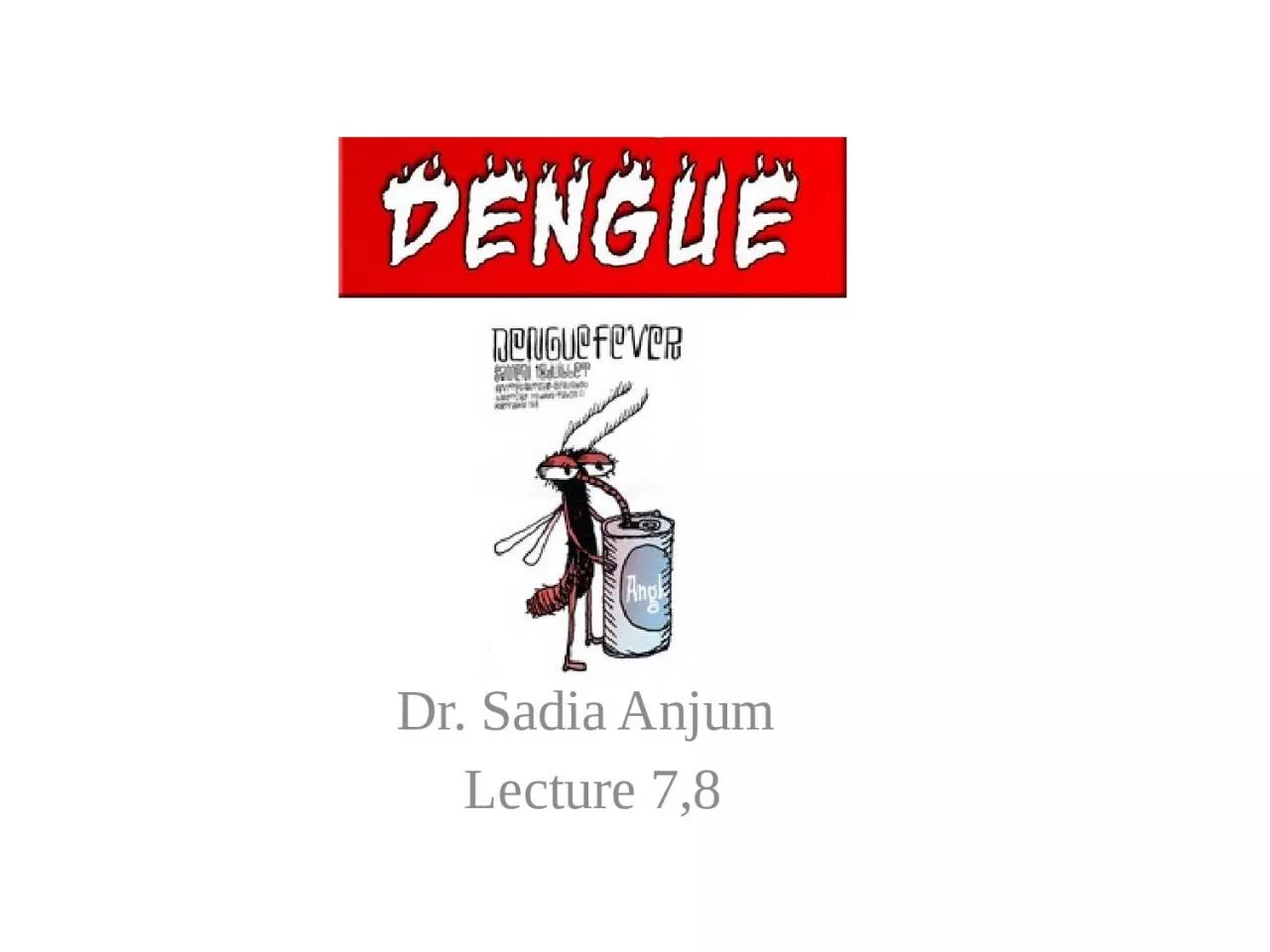



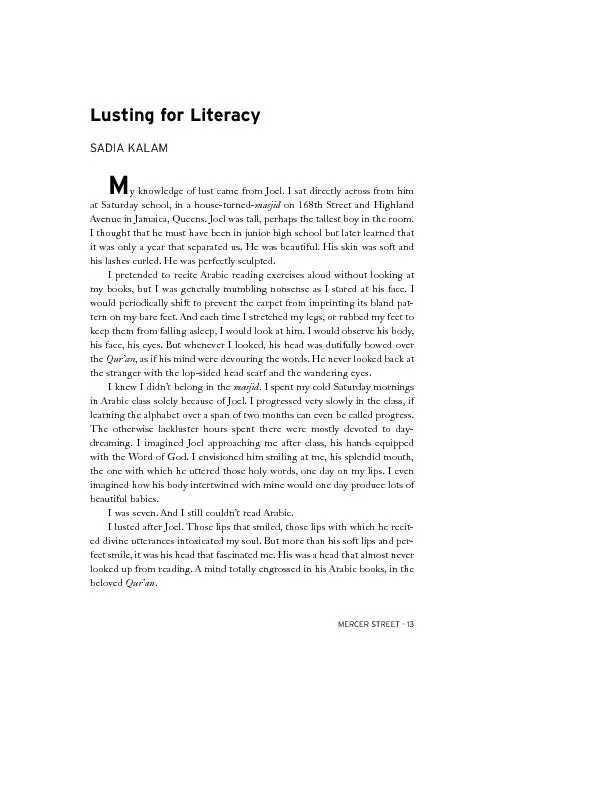
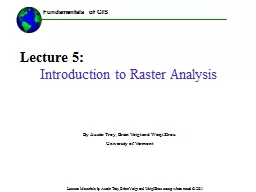
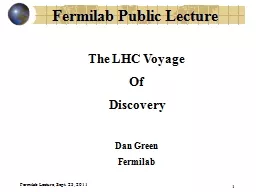


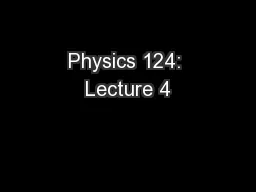
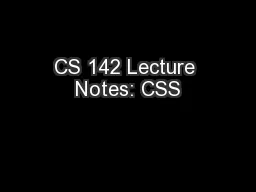
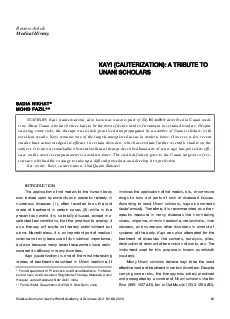
![[READ] Anjum\'s Eat Right for Your Body Type: The Super-Healthy Detox Diet Inspired by](https://thumbs.docslides.com/881082/read-anjum-s-eat-right-for-your-body-type-the-super-healthy-detox-diet-inspired-by-ayurveda.jpg)
